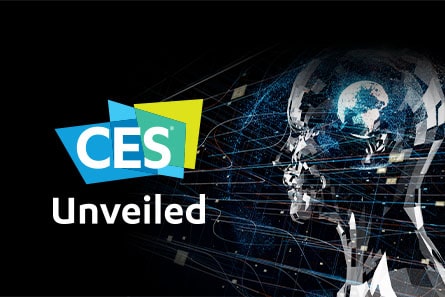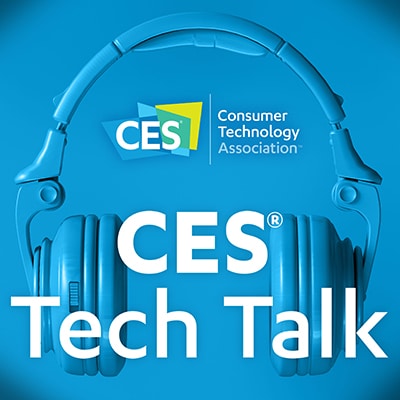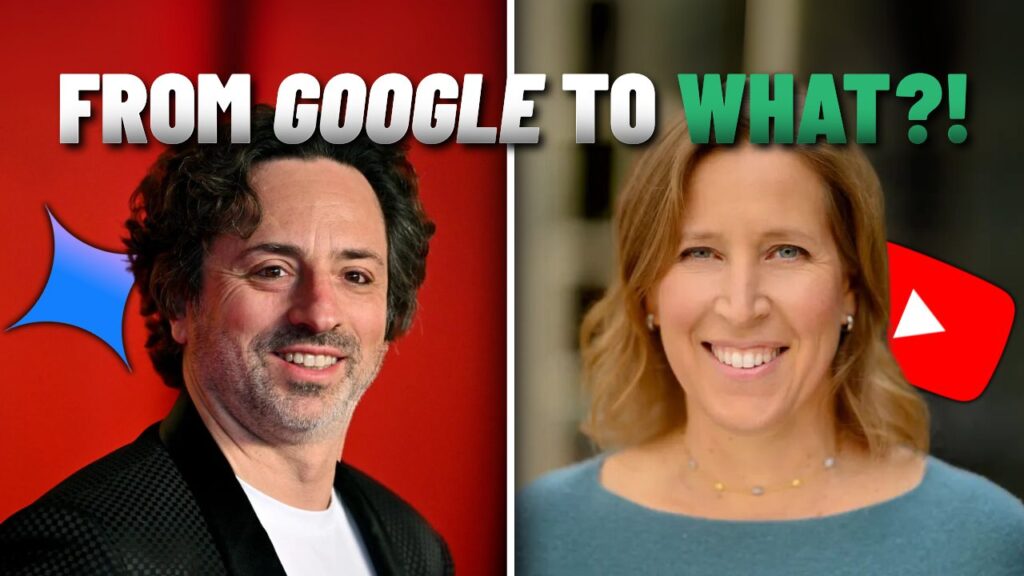
Susan Wojcicki rented her garage to two Stanford grad students for $1,700 a month. Those students? Larry Page and Sergey Brin. That garage? Google’s birthplace. Now Wojcicki’s net worth sits around $815 million while one of her former tenants owns a $100 billion empire. The employees who joined Google before it became a verb didn’t just build search algorithms—they created the internet as we know it. One became a neurosurgeon-turned-server architect. Another ditched Silicon Valley millions to reopen a legendary recording studio. Their post-Google lives reveal the strangest truth about early startup success: money was never the point.
14. Susan Wojcicki: From Garage Landlord to YouTube CEO
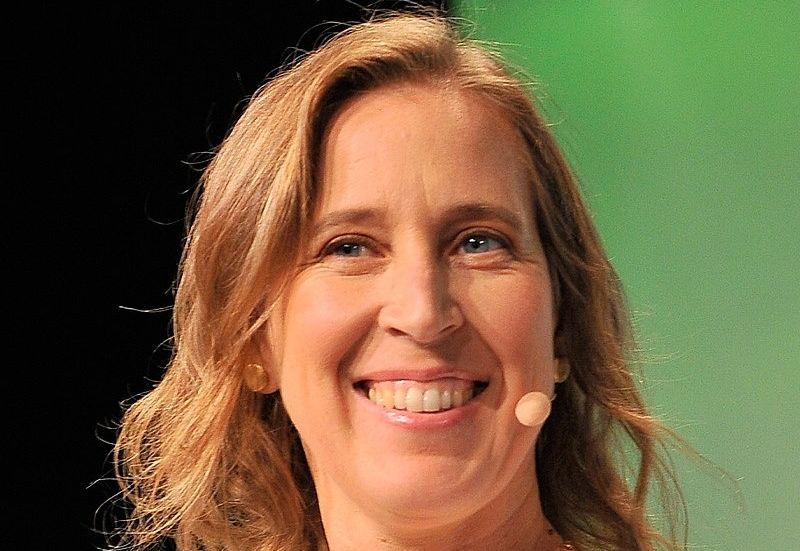
Wojcicki rented her Menlo Park garage to two Stanford grad students in 1998 while working at Intel. Those students? Larry Page and Sergey Brin. Smart move: she joined as Google’s 16th employee in 1999 as marketing manager, transforming garage rental income into $815 million net worth.
AdSense, Google Analytics, Google Images, Google Books—Wojcicki launched every platform that made Google profitable. As VP of Product Management, she advocated for YouTube’s $1.65 billion acquisition in 2006. YouTube CEO from 2014 to 2023, she grew the platform to over 2 billion monthly users while launching the YouTube Partner Program that made creators millionaires. Stepped down in 2023 to focus on philanthropic work and championing women in technology.
13. Salar Kamangar: The Revenue Genius Behind Google’s Empire
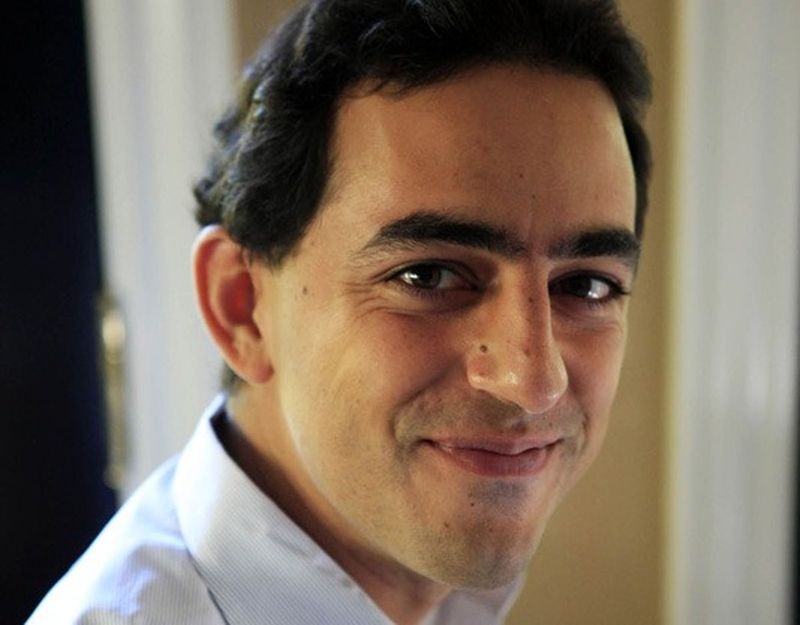
Tehran-born biology major writes Google’s first business plan. Sounds impossible until you meet Salar Kamangar. Employee #9 joined in 1999 straight from Stanford and immediately spotted the fatal flaw: brilliant technology, zero sustainable revenue model.
Kamangar authored Google’s very first business plan and became the company’s youngest vice president. Created AdWords in 2001 with a small engineering team—the automated text advertising system that became Google’s major revenue engine. He holds all four initial AdWords patents as the only named inventor. Then championed YouTube’s $1.65 billion acquisition, served as YouTube CEO from 2010-2014, growing monthly users to over 1 billion while launching YouTube Live and TrueView advertising. Media Person of the Year at Cannes Lions 2013.
12. Sergey Brin: Moscow to Mountain View Billionaire
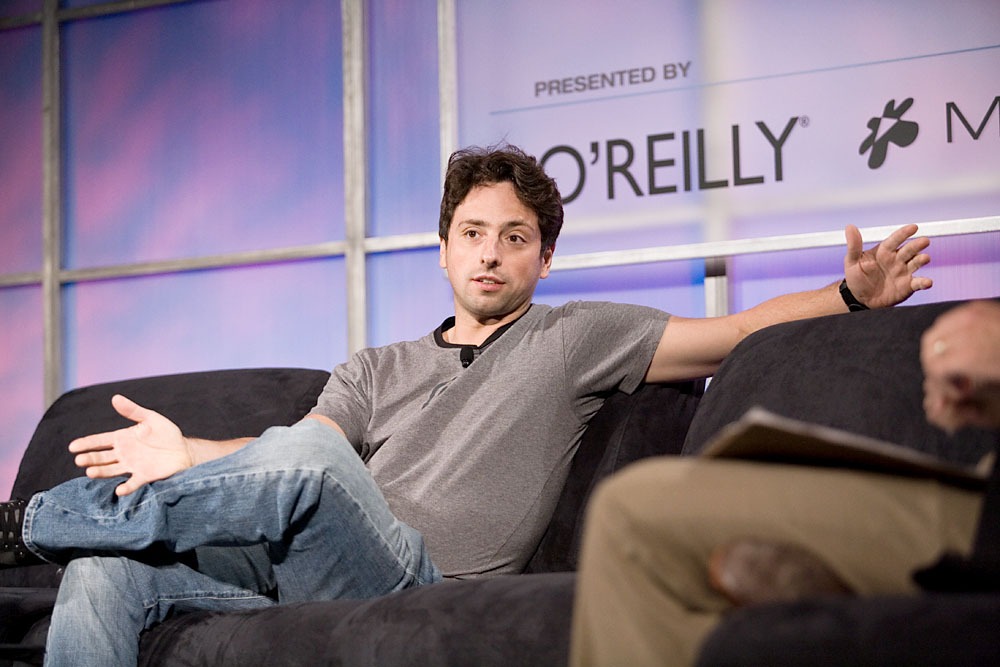
Six-year-old Sergey Brin fled Moscow in 1979 when his academic parents faced persecution for their Jewish heritage. Twenty-five years later, Brin was worth $1 billion and controlled the world’s most valuable information company. 2025 net worth: $141-149 billion, ranking him among the top ten wealthiest individuals globally.
Brin and Page met at Stanford while pursuing PhDs, collaborating on the PageRank algorithm that became Google’s backbone. Launched Google from a Menlo Park garage in 1998, then served as President of Technology before becoming President of Alphabet after 2015 restructuring. Stepped back in 2019 but returned full-time. By 2023, Brin returned to lead the development of Google Gemini AI models following the release of ChatGPT. He also championed moonshot projects including self-driving cars (Waymo), Google Glass, and internet-beaming balloons through Google X.
11. Larry Page: The PageRank Revolutionary
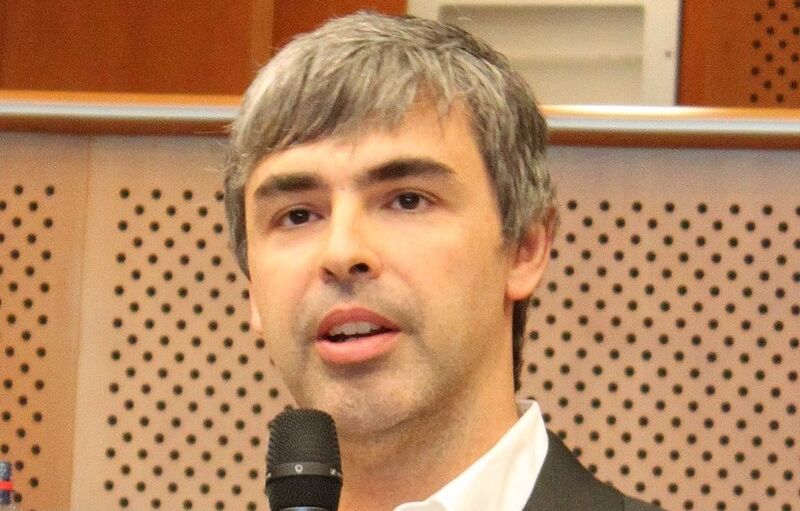
Page’s Stanford PhD project called BackRub became the algorithm that ranks every website on Earth. PageRank measured website authority through incoming links—revolutionary because previous search engines just counted keyword frequency. The “random surfer” model estimated user behavior while high-quality inbound links determined ranking scores.
CEO from 1997 to 2001, then again 2011 to 2015, finally Alphabet’s chief until 2019. Net worth now reaches $148-159 billion as of June 2025. Page remains controlling shareholder while pursuing flying cars through Kitty Hawk and Opener, plus electric aviation via Pivotal. Founded Dynatomics in 2023—a Palo Alto AI startup focused on optimizing product manufacturing using artificial intelligence. Won the Marconi Prize in 2004 for transforming information retrieval.
10. Heather Cairns: The Culture Architect
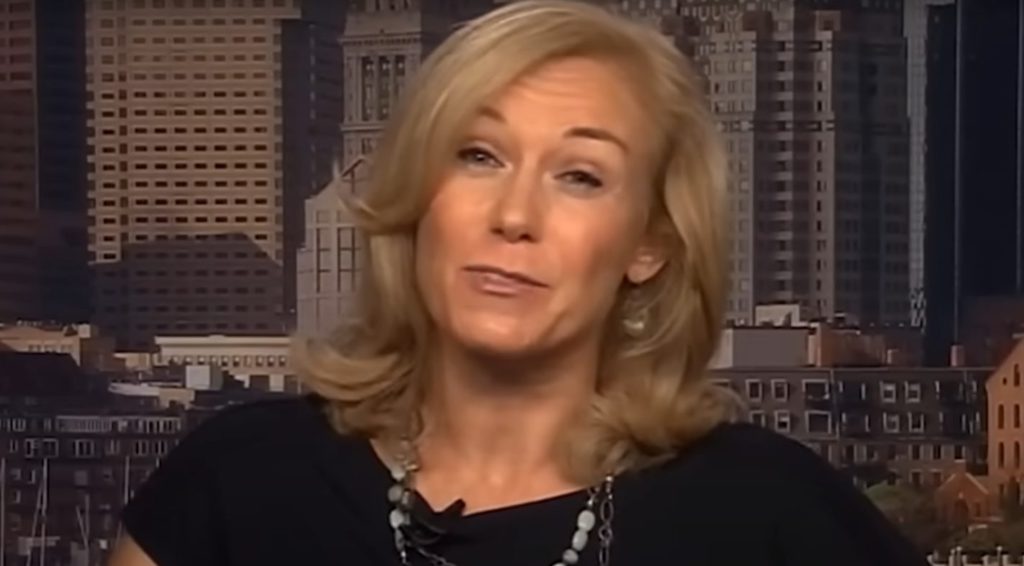
Google’s first HR executive and second non-founder employee faced an impossible task: build company culture while hiring the initial 200 employees during explosive growth. Most startups ignore human resources until lawsuits force their attention. Cairns joined early enough to shape Google’s DNA instead of just managing its problems.
She left in 2005, but her legacy lived on as the original voice on Google’s voicemail greeting—a quirky tradition that lasted years. Post-Google life included graduate school for painting, angel investing in women-led companies, and now leading Coastal Streets, a real estate development firm. Cairns channels Google millions toward disadvantaged women through targeted philanthropy and proves that building great companies requires building great cultures first.
9. Urs Hölzle: Code Meets Conservation

Swiss-American software engineer becomes Google’s eighth employee and first VP of Engineering. Hölzle built Google’s entire technical infrastructure from scratch, including energy-efficient data centers and global server architecture that would power billions of daily searches.
Reduced energy consumption in Google data centers to less than half the industry average—massive environmental impact at global scale. Transitioned in 2023 from Senior Vice President of Technical Infrastructure to Google Fellow, focusing on research and innovation. Rare breed: technologist who codes for performance and polar bears simultaneously while holding World Wildlife Fund membership.
8. Marissa Mayer: Breaking Barriers and Building Products
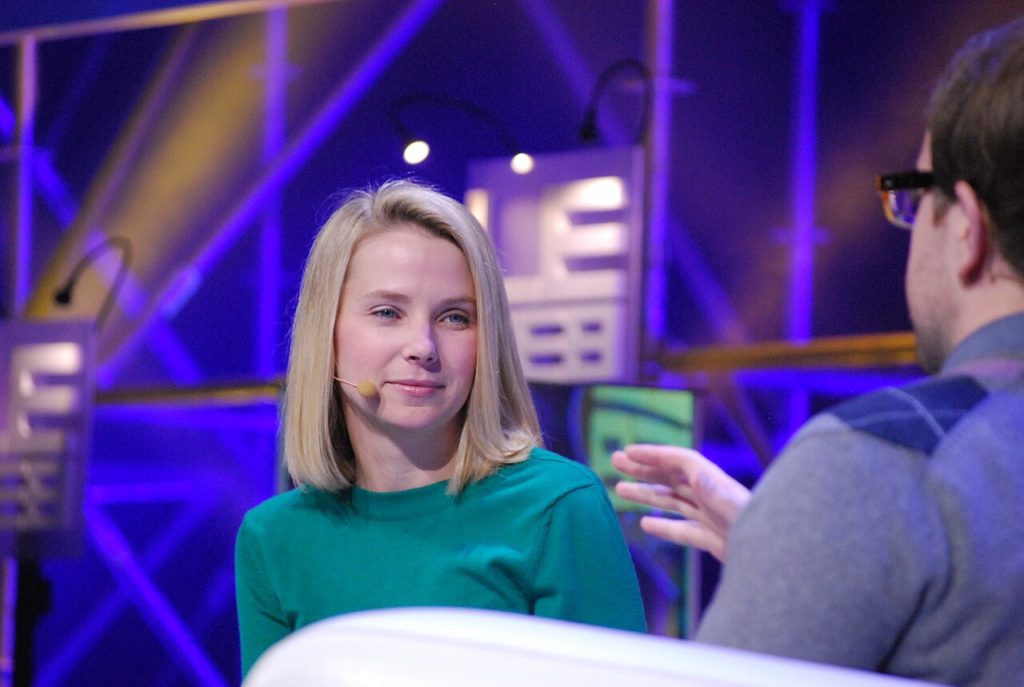
Google’s first female engineer and employee #20 joined in 1999 when women in tech was still revolutionary territory. Mayer’s track record settled any token hire debates fast. She developed Google Search, Images, News, Maps, Google Books, and Gmail—basically every product that made Google essential to daily life.
Redesigned Google’s famously clean homepage and launched the Associate Product Manager program that trained tech’s next generation. Yahoo CEO from 2012-2017 attempting to revive a dying internet giant—failed spectacularly. Now leads Sunshine, an AI startup focused on personal productivity and technology simplification. Mayer proved being first doesn’t guarantee being best, just being brave enough to try.
7. Craig Silverstein: Google Employee #1
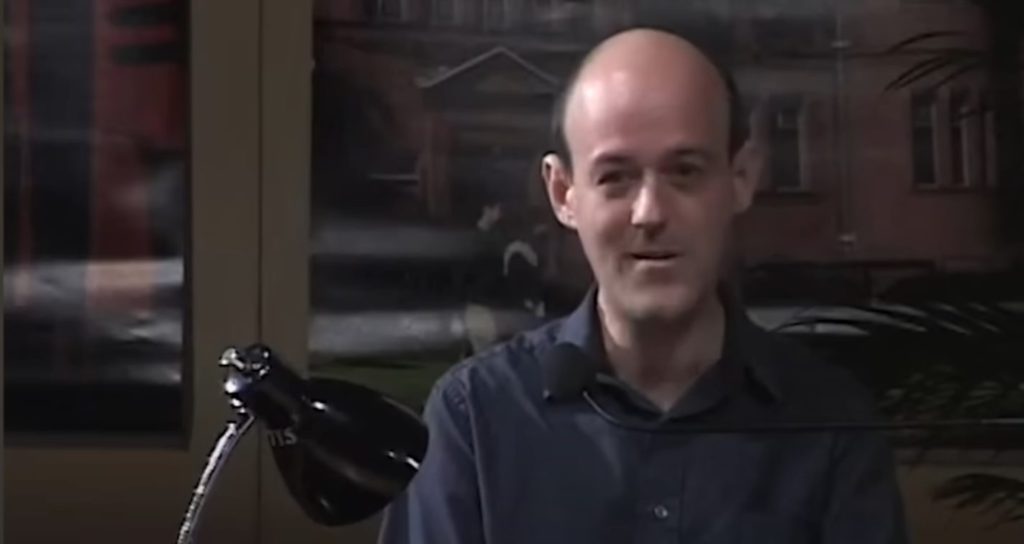
First hire by Page and Brin means maximum risk, maximum reward. Silverstein chose correctly as Director of Technology, co-developing Google’s early search engine code and helping shape its culture. Two Stanford students’ research project became a global phenomenon partly because Silverstein contributed to core algorithms that scaled Google’s operations.
Planned to stay 4-5 years. Lasted until 2012. Left for Khan Academy as dean of infrastructure, applying Google expertise to free online education initiatives. Warren Buffett’s giving pledge signatory as of 2014, committing billions to charitable causes. Being employee #1 at Google beats winning the lottery—barely.
6. Ray Sidney: Code to Community
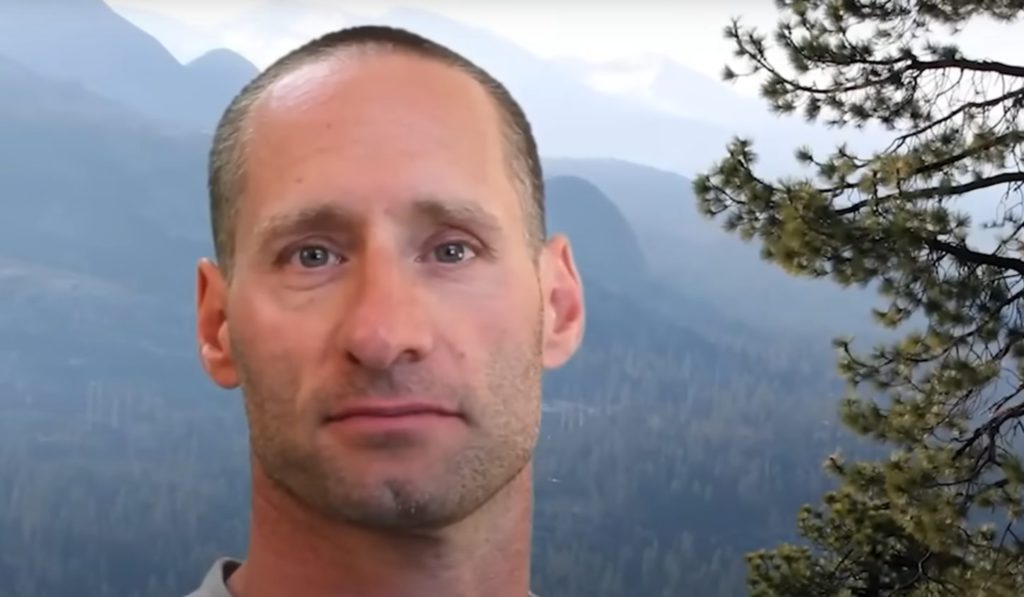
Harvard and MIT credentials usually lead to predictable Silicon Valley wealth accumulation. Sidney went sideways. Fifth Google employee and software engineer worked from 1999-2003, then took a year-long sabbatical to question everything he thought he wanted from life.
Environmental awakening followed. Sidney redirected his fortune into philanthropy, sustainable real estate through Big George Ventures, and environmental advocacy. Currently directs the Hertz Foundation and serves on boards focusing on education and sustainability. Early Google money bought him the freedom to save the planet instead of just getting richer.
5. Harry Cheung: The Web’s Spider-Man
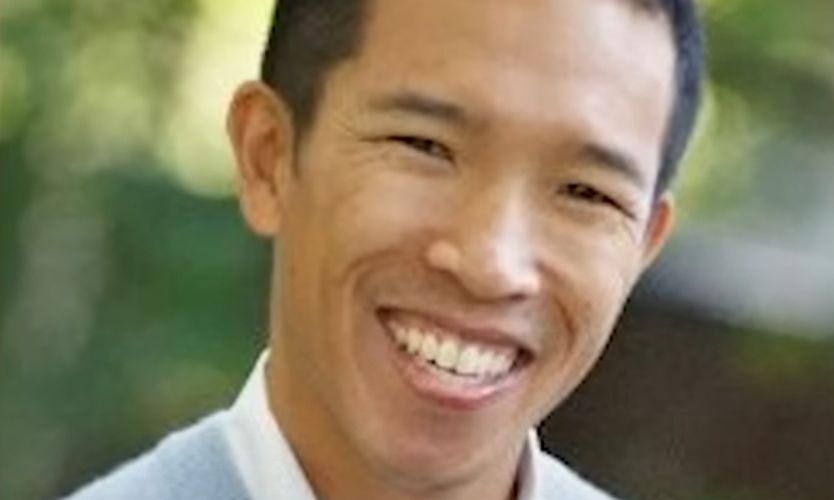
Google’s web-crawling system indexes billions of pages daily. Cheung built it. Nicknamed “Spider-Man” for developing the digital spiders that crawl the internet, gathering and organizing information that powers every Google search. Unglamorous work that enables the entire modern internet.
Angel investor and Roostify co-founder post-Google, simplifying home-buying for consumers who shouldn’t need computer science degrees to purchase houses. Cheung brings Google-level technical expertise to industries that desperately need digital transformation. Real estate was just the beginning.
4. Omid Kordestani: Business Growth Mastermind

Employee #11 and Google’s first business operations leader solved the company’s existential revenue problem. Technical founders build amazing products. Revenue generation kills them slowly. Kordestani understood how to monetize innovation without destroying user experience.
Drove Google’s global revenue from its first dollar to more than $20 billion, overseeing explosive sales growth and monetization strategy. Served as Google’s Chief Business Officer, then Executive Chairman at Twitter. Currently suing Elon Musk for $20 million in unpaid compensation while remaining involved with numerous technology startups and serving on major corporate boards. Business integrity matters even when dealing with the world’s richest man.
3. Chris Skarakas: Business Development to Rock and Roll
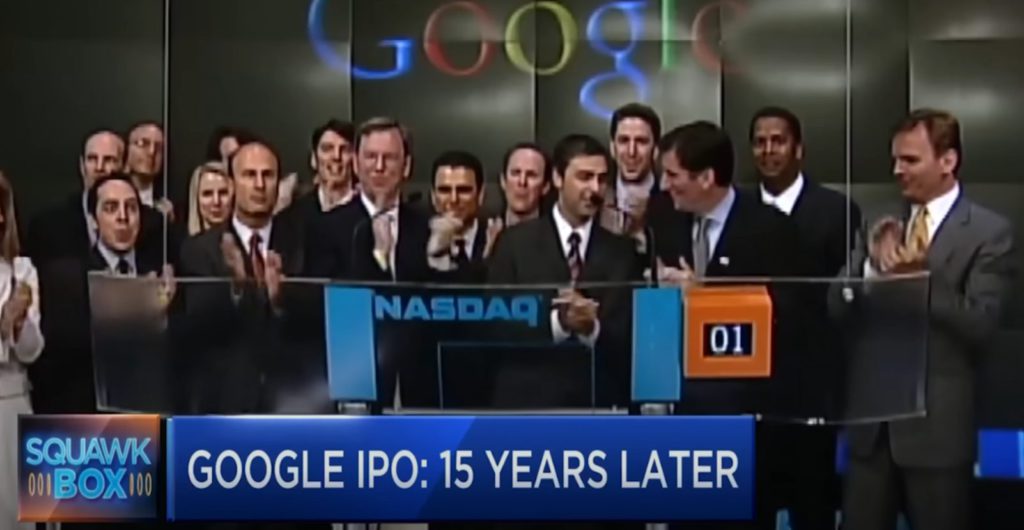
Director of business development sounds boring until you discover what Skarakas did with his Google millions. Left in 2005 for “philanthropic pursuits” that included reuniting 90s rock bands through Powers Sniff LLC and creating Blip.fm for music-enhanced video games.
Most audaciously, Skarakas reopened the legendary Record Plant as 2200 Bridgeway, reviving the studio where Fleetwood Mac recorded “Rumours.” Also serves on boards for Little Kids Rock and Palo Alto Junior Museum. Google business acumen applied to rock and roll produces surprisingly beautiful results.
2. George Harik: AI Before AI Was Cool

Machine learning felt like science fiction when Harik joined as one of Google’s first ten employees. Most developers couldn’t spell “artificial intelligence,” much less build it. Harik led machine learning efforts and product development for Google Talk and Google Video—foundational technologies enabling today’s AI revolution.
Instrumental in early AdSense and AdWords system design, the revenue engines that funded Google’s expansion. Left in 2005, co-founded IMO in 2007, now runs Not Bad AI as CEO focused on advanced artificial intelligence technologies. His early machine learning work anticipated the current AI boom by two decades. Angel investor supporting promising AI startups with capital and expertise earned when artificial intelligence was still mostly theoretical.
1. Jim Reese: From Neurosurgeon to Network Architect
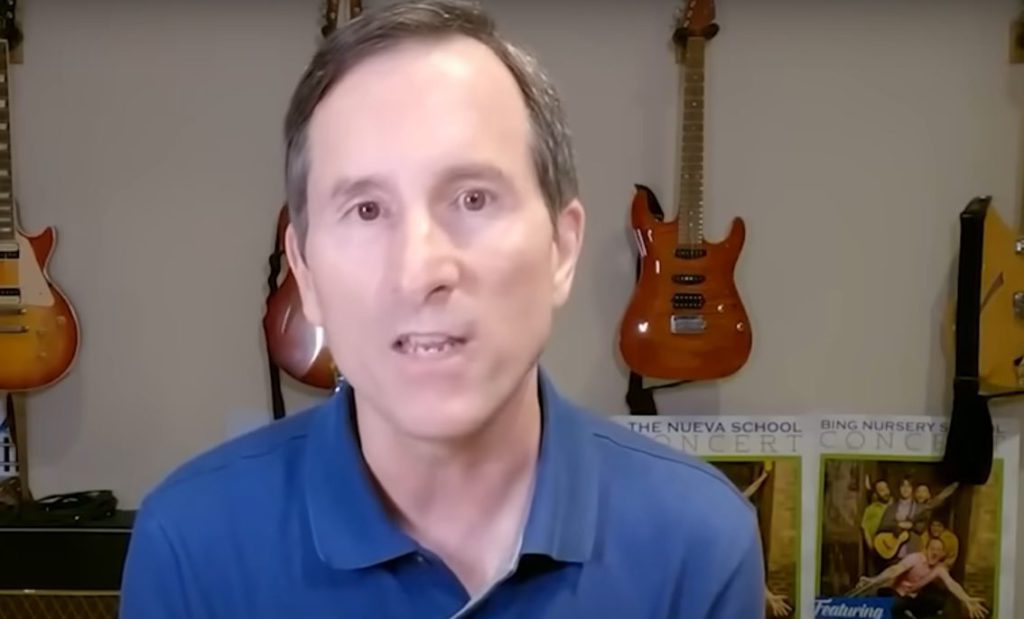
Stanford-trained neurosurgeon pivots to tech startup. Sounds like career suicide until you meet Jim Reese. Joined Google in 1999 with surgical precision applied to network infrastructure problems. Built and scaled Google’s early network infrastructure while the company was still funding itself with credit cards.
Reese’s infrastructure managed billions of daily queries without collapsing—surgical training provided unique problem-solving approaches to server architecture that traditional computer scientists missed. Later transitioned to healthcare and tech leadership roles, including positions at Spark and Harvard Medical School. Brain surgery prepared him perfectly for debugging distributed systems at global scale.
Last modified: July 27, 2025



